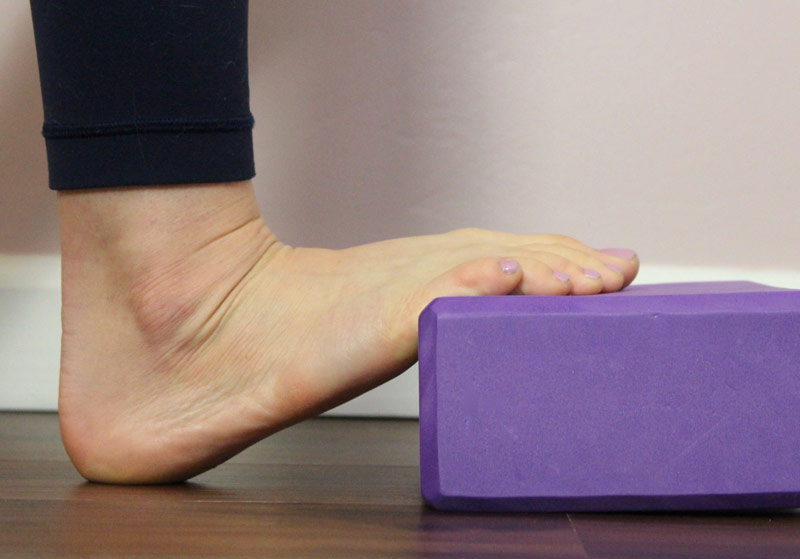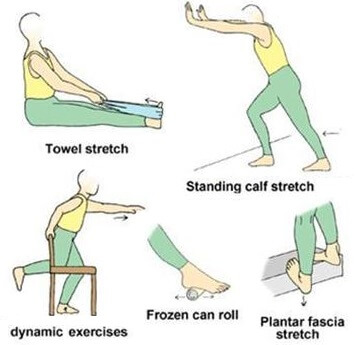

Pain is the body’s way of warning you that something is wrong. Nonsurgical treatment often has satisfactory results, although it may take several months to get back to normal. Although X-rays or MRIs usually aren't required, imaging may be requested to rule out a stress fracture. If you suspect you have plantar fasciitis, consult with your health care team. The pain may cause you to change the way you walk, which in turn can lead to various problems such as knee, hip and back pain. If left untreated, plantar fasciitis can take a toll on your enjoyment of everyday activities and make you more sedentary. Early detection makes the condition more manageable and prevents further complications. The good news about plantar fasciitis is that it's highly treatable. Standing for a long time also can make it flare up. It's not unusual for the pain to subside as you walk around, but it may return after you've been sitting for a while. The primary sign of plantar fasciitis is excruciating heel pain when you take your first steps in the morning. Other risk factors include high arches, flat feet, and occupations that require walking or standing all day on hard surfaces.

Obesity also can cause this condition because extra pounds put more stress on the fascia. However, it's most common in middle-aged adults, as well as people who take part in activities such as running, ballet and aerobic dance. Repeated stretching and tearing brings on irritation, inflammation and, typically, heel pain. Although the cause of plantar fasciitis isn't well understood, typically the plantar fascia has been put under tension and stress, which can cause small tears. It supports the arch of the foot and absorbs shock when walking. The plantar fascia is a band of tissue extending from the heel to the ball of the foot. Most often it's caused by plantar fasciitis. Heel pain can range from slightly uncomfortable to utterly debilitating. What can be causing the pain?ĪNSWER: "My heel is killing me!" is, without a doubt, one of the most common sentences uttered in podiatry offices worldwide. As the day goes on, it gets somewhat better, but my heel is still tender. DEAR MAYO CLINIC: When I wake up in the morning and go to stand up, I have such excruciating pain in my heel that I have to sit back down on the edge of the bed.


 0 kommentar(er)
0 kommentar(er)
